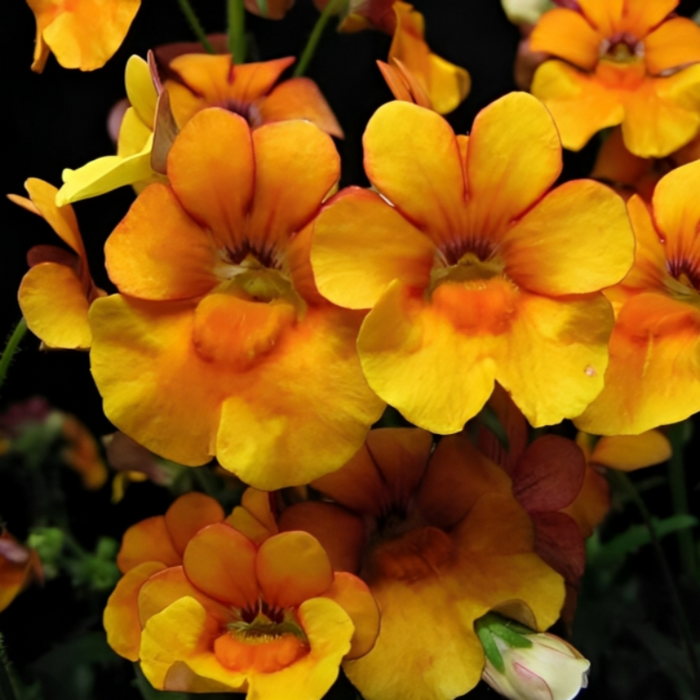
Prince Nemesia Flower Seeds
Save 50%
Original price
$10.00
Original price
$10.00
-
Original price
$10.00
Original price
$10.00
Current price
$4.99
$4.99
-
$4.99
Current price
$4.99
Indulge your garden in a burst of radiant color with these Prince Nemesia Flower Seeds, boasting a captivating shade of orange that will undoubtedly steal the spotlight. These seeds promise to be the crowning jewel of your outdoor space, bringing a touch of regal elegance to your garden. These seeds prefer average soil and water conditions, making them low-maintenance yet high-impact additions to your garden.
Specifications:
- Color: Bright orange blooms add a cheerful, bold accent.
- Plant Seeds: Sow outdoors after frost or start indoors early.
- Plant Height: Grows to a compact height of 6 to 12 inches.
- Plant Spacing: Space 9 to 12 inches apart for full coverage.
- Bloom Time: Provides vibrant blooms throughout the summer.
- Hardiness Zone: Best suited for zones 9 to 10 climates.
- Light Requirements: Thrives in sun and tolerates partial shade.
- Soil & Water Preferences: Grows well in average garden soil.
- Quantity: Contains approximately 50 seeds per pack.
Package Includes:
- Seeds, Ziplock Poly bag labeled with color photo, Plant Stats, Planting Instructions




